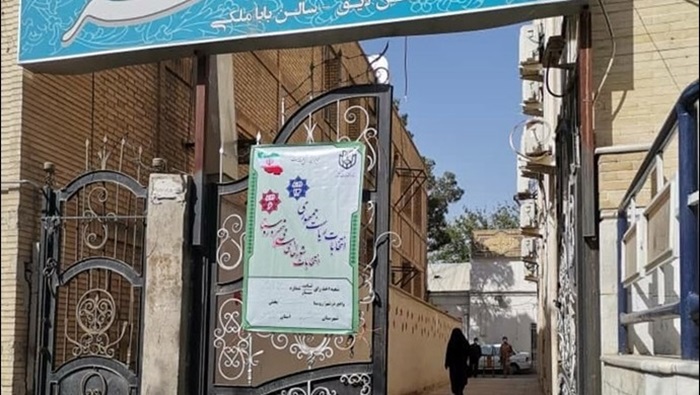
In what’s been described as an unprecedented blow to the Iranian regime, the recent parliamentary elections have painted a clear picture of widespread dissatisfaction among the Iranian populace.
As reports from both regime insiders and independent observers pour in, the narrative is unmistakably one of a failing electoral process, marked by a significant nationwide boycott and an extraordinarily high number of invalid votes.
The former head of the security commission of the Iranian parliament, Heshmatollah Falahatpisheh, candidly admitted the failure of these elections, highlighting the extensive, yet futile, efforts by the regime to mobilize voters.
Despite deploying all imaginable resources—from pleas and threats on national media to extending voting hours unnecessarily and even dispatching mobile ballot boxes to collect votes at home—the regime faced an embarrassing turnout. Such desperation for votes is a testament to the regime’s declining influence and the growing apathy of the Iranian people towards the electoral process.
On March 3, critiques from within the regime’s own media outlets laid bare the disillusionment with the election’s execution and outcomes. The state-run Fars News Agency lamented the political and media apparatus’s failure to sway the undecided, noting an 18 percent lower participation rate than the average of past elections. Entekhab, another state-run news agency, went as far as to declare these the least lively elections in the history of the Islamic Republic. This sentiment was echoed by Bahar News, revealing that in Tehran alone, candidates managed to secure seats with merely three to six percent of eligible votes.
https://twitter.com/i/broadcasts/1mnxepkoDovJX
The exceptionally high number of invalid votes emerged as a significant hallmark of these elections. In many cities, invalid votes ranked first or second, with Tehran witnessing half of its participants casting invalid ballots. This phenomenon was highlighted across various media outlets, with over 500,000 votes in Tehran being declared invalid, accounting for 27 percent of all votes cast in the city.
Journalists and observers close to the principlist camp found the results both strange and indicative of a deeper discontent. The principlist representative of the Shahriar, Qods, and Malard electoral district, for example, was elected with 56,529 votes amidst a backdrop of 54,195 invalid votes, underscoring the extent of voter disillusionment.
The Jomhurieh Eslami newspaper reported a voter turnout of 42.57 percent, a slight decrease from the previous term. However, the People’s Mojahedin of Iran (PMOI/MEK) suggested that the real turnout was as low as 8.2 percent, starkly contrasting with official figures and indicating a profound national discontent.
This nationwide boycott and the overwhelming number of invalid votes serve as a critical indictment of the Iranian regime’s authoritarian rule and the perceived illegitimacy of its sham electoral process. It underscores the Iranian people’s yearning for genuine change and questions the viability of the current political system to address and reconcile with its populace’s growing demands for freedom, democracy, and accountability. The events surrounding these elections suggest that the regime faces not just a crisis of participation but a fundamental crisis of legitimacy, signaling a pivotal moment that may indeed call for a revolution

MEK Iran (follow us on Twitter and Facebook), Maryam Rajavi’s on her site, Twitter & Facebook, NCRI (Twitter & Facebook), and People’s Mojahedin Organization of Iran – MEK IRAN – YouTu
